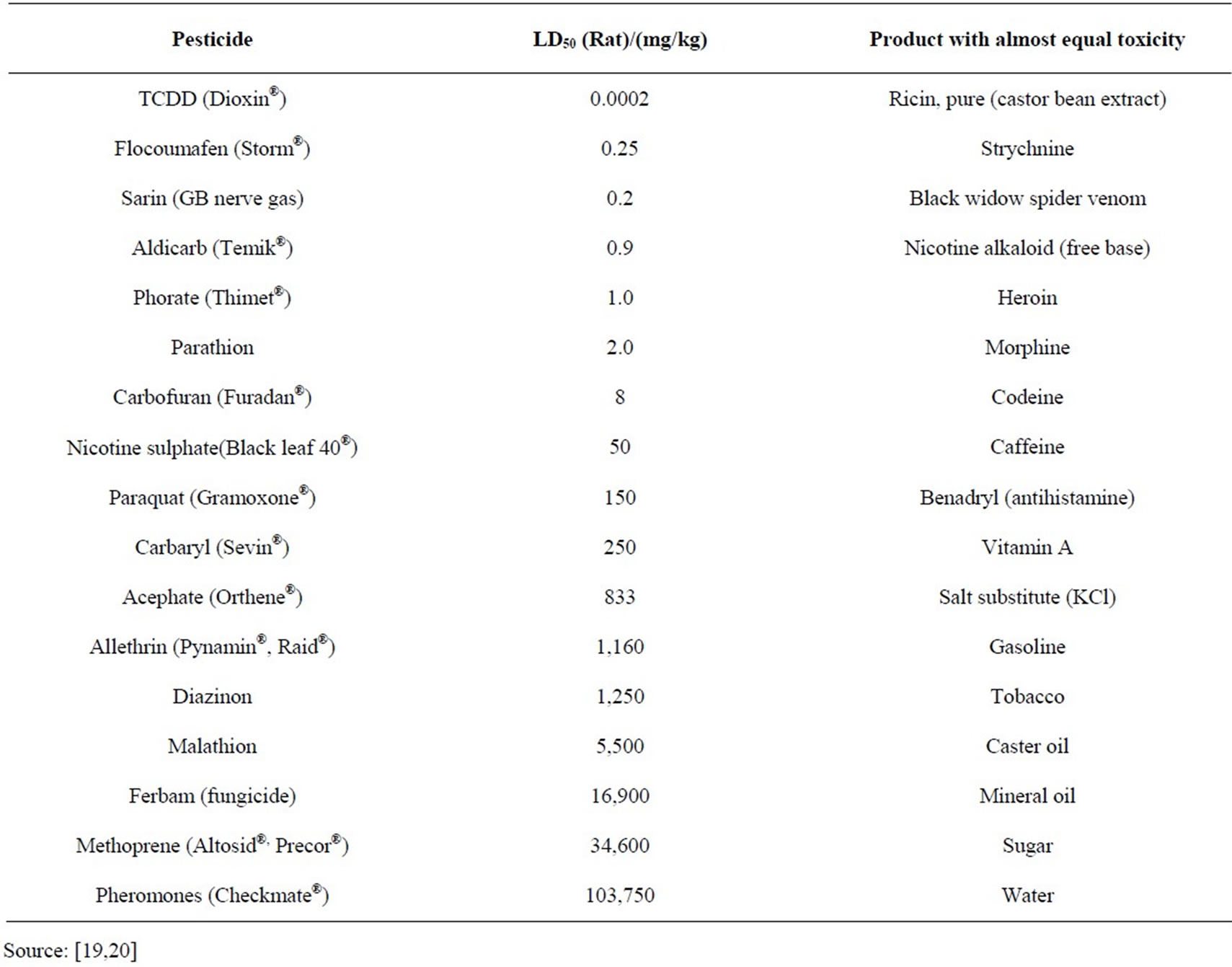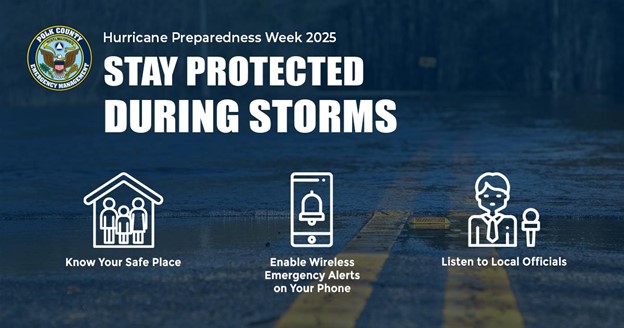Report on the City of Lynden’s Managed Aquifer Recharge Project
Introduction: Addressing Water Scarcity and Promoting Sustainable Water Management
In response to escalating drought conditions and a declaration by the Department of Ecology that the Nooksack River watershed has fallen below 75% of its normal water supply, the City of Lynden is advancing an innovative water management solution. The Managed Aquifer Recharge (MAR) project represents a critical local initiative to address the interconnected challenges of climate change, population growth, and water resource allocation. This project directly aligns with several United Nations Sustainable Development Goals (SDGs), primarily SDG 6 (Clean Water and Sanitation) and SDG 13 (Climate Action), by creating a more resilient and sustainable water system for both human and environmental needs.
Project Framework and Alignment with Sustainable Development Goals
Core Mechanism and Strategic Objectives
The MAR system is designed to enhance water security by strategically managing river flows. The core operational plan involves:
- Diverting water from the Nooksack River during periods of high flow, typically from December to May.
- Storing the diverted water in a natural underground aquifer, which functions as a reservoir.
- Releasing the stored water back into the river system during low-flow summer months (June to November) when demand from municipal, agricultural, and ecological sectors is highest.
This initiative is a direct response to climate change impacts, which have altered the timing of river flows to the detriment of regional ecosystems. The project’s success would contribute significantly to several key sustainability targets.
Contributions to Global Sustainability Targets
- SDG 6 (Clean Water and Sanitation): The project is a direct effort to ensure the availability and sustainable management of water. By storing surplus water, it mitigates scarcity during dry seasons, improving water security for the community.
- SDG 11 (Sustainable Cities and Communities): The MAR system enhances the resilience of the City of Lynden, making it less vulnerable to climate-related disasters like drought and ensuring a stable water source for its growing population.
- SDG 14 (Life Below Water) and SDG 15 (Life on Land): By augmenting in-stream flows during critical summer months, the project aims to improve fish habitat, particularly for salmon populations, thereby protecting and restoring freshwater ecosystems.
- SDG 13 (Climate Action): The project is a proactive climate adaptation strategy, designed to counteract the negative effects of decreasing snowpack and earlier spring melts on water availability.
Project Implementation and Stakeholder Engagement
Current Status and Funding
The City of Lynden has progressed from an initial list of 20 potential locations to two primary candidate sites for the MAR system. A $4.7 million grant from the Washington State Department of Ecology in 2020 has funded the site review and technological feasibility studies. The city is currently finalizing cost estimates, which will determine the project’s financial viability and the need for additional funding for construction, which is projected to last several years.
Partnerships for the Goals (SDG 17)
The project’s development embodies the principles of SDG 17 (Partnerships for the Goals) through its multi-stakeholder approach. Key partners and consulted parties include:
- The City of Lynden Public Works Department
- The Washington State Department of Ecology
- The Department of Fish and Wildlife
- The Nooksack Indian Tribe and Lummi Nation
- Environmental organizations such as RE Sources and the Whatcom Environmental Council
This collaborative framework is essential for navigating complex issues such as the ongoing Nooksack water rights adjudication and ensuring the project’s outcomes are equitable and environmentally sound.
Analysis and Future Considerations
Expert and Environmental Perspectives
Local environmental groups have expressed cautious optimism. The Whatcom Environmental Council acknowledged the project as a “laudable effort” to address critical low flows but noted that its impact must be considered in the context of rising demand from population growth. There is a consensus that the MAR project should be part of a broader, multifaceted strategy that includes:
- Widespread water conservation and efficiency measures.
- Investment in natural climate solutions, such as the restoration of wetlands and historic floodplains.
- Expedited approval for similar water-saving projects by the Watershed Management Board.
The sentiment is that while innovative engineering solutions are valuable, they cannot create new water and must be integrated with conservation and ecosystem restoration to achieve long-term sustainability.
Conclusion: A Model for Regional Water Resilience
The City of Lynden’s Managed Aquifer Recharge project is a forward-thinking initiative that addresses immediate water supply challenges while contributing to long-term environmental and community resilience. Its potential success could serve as a model for other municipalities facing similar water scarcity issues. By integrating objectives related to SDG 6, SDG 11, SDG 13, SDG 14, and SDG 17, the project represents a comprehensive approach to sustainable development in the face of a changing climate.
Analysis of Sustainable Development Goals in the Article
1. Which SDGs are addressed or connected to the issues highlighted in the article?
-
SDG 6: Clean Water and Sanitation
- The entire article revolves around water management. It discusses issues of water scarcity, drought conditions (“19 watersheds across the state fell to less than 75% of normal water supply”), and a depleting water supply for the city of Lynden. The proposed Managed Aquifer Recharge (MAR) project is a direct attempt to manage water resources more sustainably.
-
SDG 11: Sustainable Cities and Communities
- The article focuses on a specific city, Lynden, and its “innovative plan” to address a critical resource challenge. The MAR project is presented as a solution to make the city more resilient to the impacts of climate change and ensure its long-term water security, which is a key component of a sustainable community.
-
SDG 13: Climate Action
- The water crisis is explicitly linked to climate change. The article states that “Climate change and population growth are expected to only exacerbate those tensions” and that the MAR project is a response to “growing concerns about climate change.” The plan aims to mitigate the effects of climate change, such as altered river flow patterns and more frequent droughts, thereby strengthening adaptive capacity.
-
SDG 15: Life on Land
- The project’s benefits extend to the local ecosystem. The article mentions that low water levels impact “fish habitat” and that the project aims to improve “in-stream flows” to support “salmon runs.” This directly relates to the protection and restoration of freshwater ecosystems, which is a core part of SDG 15.
-
SDG 17: Partnerships for the Goals
- The project’s implementation involves collaboration among various entities. The article notes that the City of Lynden is consulting with “the Department of Fish and Wildlife, the Nooksack Indian Tribe and Lummi Nation.” It also received a “$4.7 million grant from Ecology,” highlighting a financial partnership with a state agency to achieve a common goal.
2. What specific targets under those SDGs can be identified based on the article’s content?
-
Under SDG 6: Clean Water and Sanitation
- Target 6.4: By 2030, substantially increase water-use efficiency across all sectors and ensure sustainable withdrawals and supply of freshwater to address water scarcity. The MAR project is designed to do exactly this by storing water during high-flow periods to supplement the supply during low-flow summer months, thus ensuring a more sustainable supply.
- Target 6.5: By 2030, implement integrated water resources management at all levels. The project is an example of this, as the City of Lynden is working with the Watershed Management Board and consulting stakeholders like state departments and local tribes to manage the Nooksack River’s water.
- Target 6.6: By 2020, protect and restore water-related ecosystems. The project’s stated goal of improving “in-stream flows” for the benefit of “fish habitat” and “salmon alike” is a direct effort to restore the health of the Nooksack River ecosystem.
-
Under SDG 11: Sustainable Cities and Communities
- Target 11.5: By 2030, significantly reduce the… number of people affected… by disasters, including water-related disasters. The plan is a proactive measure to build resilience against drought, a water-related disaster that is becoming more frequent due to climate change.
- Target 11.b: By 2020, substantially increase the number of cities and human settlements adopting and implementing integrated policies and plans towards… adaptation to climate change, resilience to disasters. Lynden’s MAR project is a clear example of a city implementing an integrated plan for climate adaptation and resource efficiency.
-
Under SDG 13: Climate Action
- Target 13.1: Strengthen resilience and adaptive capacity to climate-related hazards and natural disasters in all countries. The article presents the MAR project as a direct response to climate change impacts like drought and shifting river flow patterns, enhancing the community’s adaptive capacity.
-
Under SDG 15: Life on Land
- Target 15.1: By 2020, ensure the conservation, restoration and sustainable use of… inland freshwater ecosystems and their services. The project aims to restore more natural flow regimes in the Nooksack River to support salmon, which is a key component of the local freshwater ecosystem.
-
Under SDG 17: Partnerships for the Goals
- Target 17.17: Encourage and promote effective public, public-private and civil society partnerships. The collaboration between the City of Lynden (public), the Department of Ecology (public), and consultations with the Nooksack Indian Tribe and Lummi Nation (civil society/sovereign nations) exemplifies a multi-stakeholder partnership to address a shared resource challenge.
3. Are there any indicators mentioned or implied in the article that can be used to measure progress towards the identified targets?
-
Explicit Indicators:
- Level of water stress: The article explicitly states that the Nooksack River watershed, among others, “fell to less than 75% of normal water supply.” This figure serves as a direct indicator of water stress (Indicator 6.4.2).
- Volume of water supplied: The project’s potential to “provide several thousands of acre-feet to the river between June and November” is a quantifiable measure of its success in augmenting water supply.
- Financial resources: The “$4.7 million grant from Ecology” is a specific financial indicator of partnership and investment in water solutions (related to Indicator 17.17.1).
-
Implied Indicators:
- Change in in-stream flow: The goal to improve “in-stream flows” implies that measuring the river’s flow rate, particularly during summer months, would be a key indicator of the project’s success in restoring the ecosystem (related to Target 6.6).
- Health of fish habitat: The mention of supporting “salmon runs” implies that monitoring salmon populations and the quality of their habitat would be an indicator of the project’s environmental benefits (related to Target 15.1).
- Implementation of local disaster risk reduction strategies: The development and potential construction of the MAR project itself serves as an indicator that the city is adopting and implementing a strategy for climate adaptation and disaster resilience (related to Target 11.b and 13.1).
- Degree of stakeholder engagement: The process of consulting with the “Department of Fish and Wildlife, the Nooksack Indian Tribe and Lummi Nation” implies an indicator related to the implementation of integrated water resources management through stakeholder participation (related to Target 6.5).
4. Table of SDGs, Targets, and Indicators
| SDGs | Targets | Indicators |
|---|---|---|
| SDG 6: Clean Water and Sanitation |
Target 6.4: Ensure sustainable withdrawals and supply of freshwater.
Target 6.5: Implement integrated water resources management. Target 6.6: Protect and restore water-related ecosystems. |
– Level of water stress (watersheds at “less than 75% of normal water supply”). – Change in water supply (project could provide “several thousands of acre-feet”). – Implementation of integrated management through the Watershed Management Board and stakeholder consultations. – Change in in-stream flow levels during summer months (implied). |
| SDG 11: Sustainable Cities and Communities |
Target 11.5: Reduce the impact of water-related disasters.
Target 11.b: Increase cities implementing integrated policies for climate change adaptation and resilience. |
– Adoption of a local disaster risk reduction strategy (the MAR project itself). – Implementation of an urban plan for water supply resiliency. |
| SDG 13: Climate Action | Target 13.1: Strengthen resilience and adaptive capacity to climate-related hazards. | – Implementation of the MAR project as a strategy to adapt to climate-induced drought and altered river flows. |
| SDG 15: Life on Land | Target 15.1: Ensure the conservation and restoration of inland freshwater ecosystems. |
– Improvement in fish habitat and support for salmon runs (implied). – Restoration of in-stream flows during critical low-flow periods. |
| SDG 17: Partnerships for the Goals | Target 17.17: Encourage and promote effective public and public-private partnerships. |
– Value of financial resources mobilized (“$4.7 million grant from Ecology”). – Number of stakeholders engaged in partnership (City of Lynden, Dept. of Ecology, Dept. of Fish and Wildlife, Nooksack Indian Tribe, Lummi Nation). |
Source: salish-current.org







